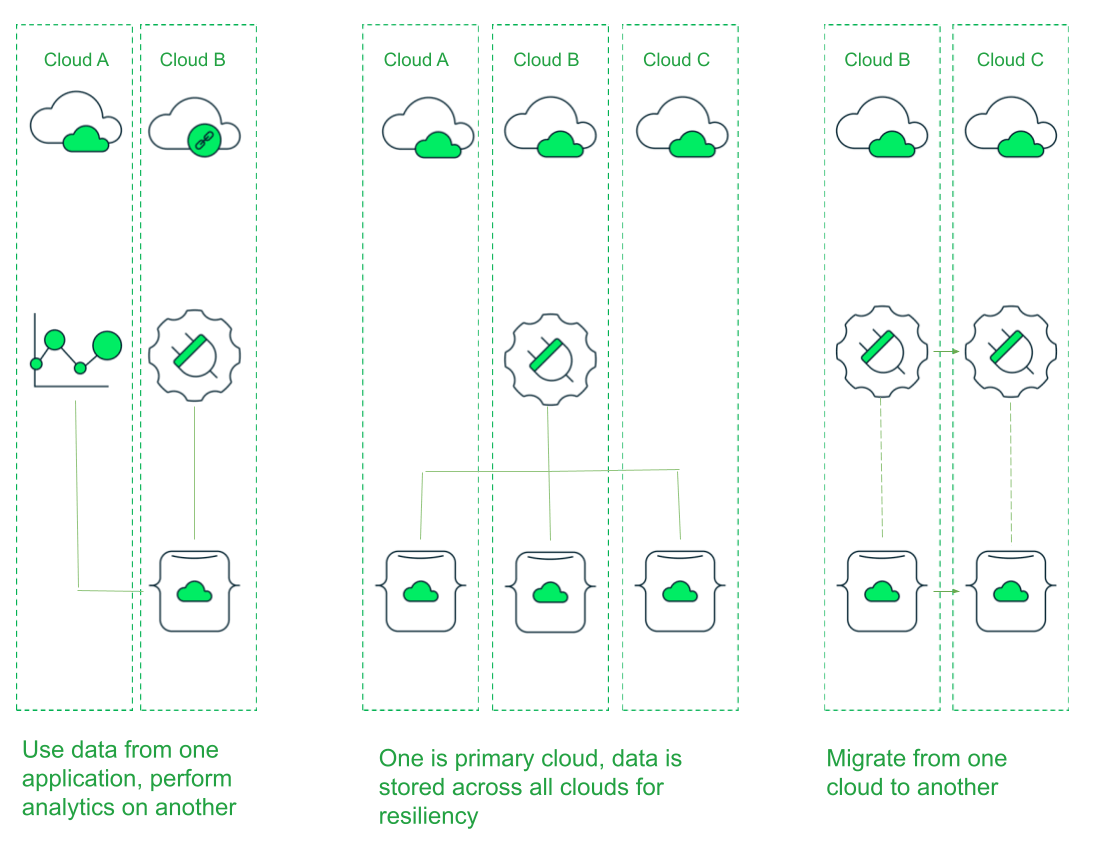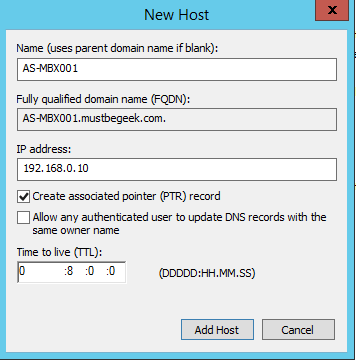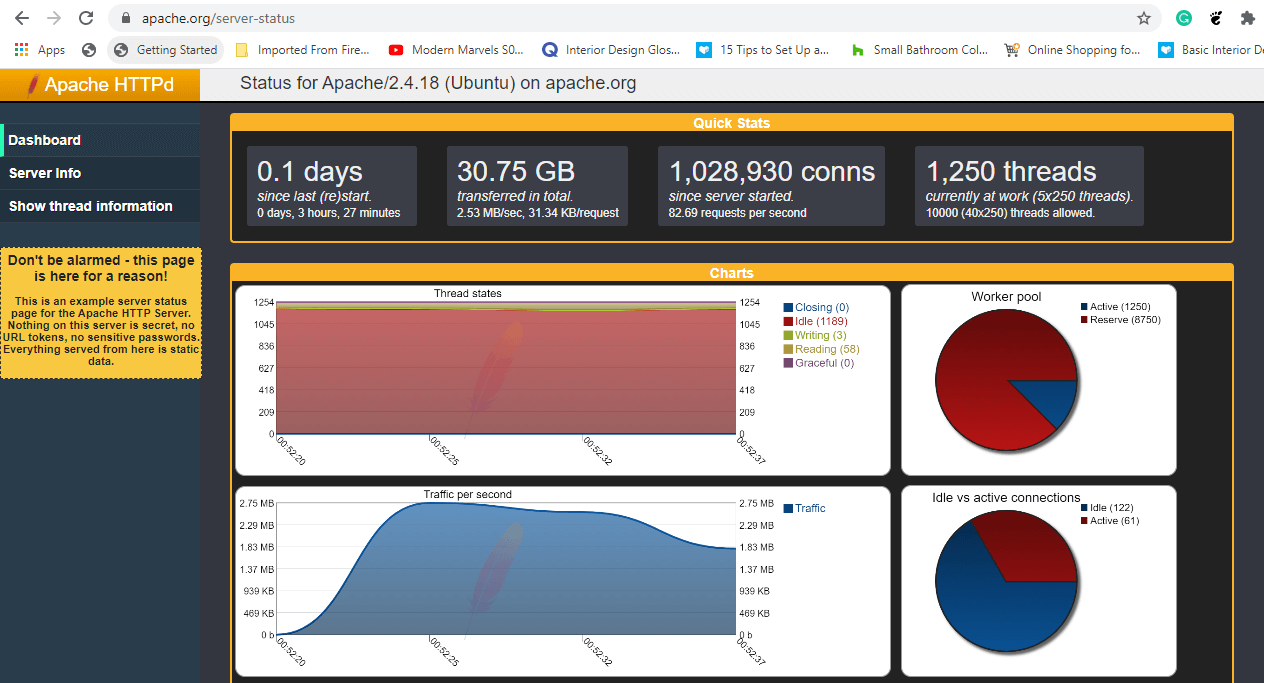
Apache is the most used server software on the Internet. It is available for both CentOS and Red Hat(r) operating systems. Red Hat Red Hat Red Hat Red Hat Red Hat Linux users can enjoy many similar benefits. It's easy to install and configure. It also has powerful web servers. This article will explain how to configure SELinux, configure PHP 5.4, as well as configure Apache policies.
Configuring SELinux
Apache can be configured for SELinux security purposes. It is a very secure measure, as SELinux allows the user to control the security settings for their server. SELinux blocks Apache's ability to load content from directories other than the default. You can change this policy by writing your own.
SELinux is a Linux security feature that prevents unauthorized access to files. It works by detecting and preventing misuse by applications and processes. Two modes of operation are available: permissive or enforcing. The enforcing option locks down programs while the permissive allows any process to continue.
Creating virtual hosts
Create a file to describe the configuration for your domain site before you can create virtual hosts. This file instructs Apache web server how it should respond to requests from different domains. The virtual host must be placed under the sites-enabled/sites-available directory. Additionally, a symbolic linking must be made to it.

Once your virtual host is created, you will need to upload web content. This is done by creating a directory named DocumentRoot in the Apache directory. This directory will become the Document Root of your website's virtual configuration file. When a user navigates to the domain name, the content will be served from this directory.
Managing Apache policies
You can customize the security level of Apache processes using the SELinux security frame. This framework allows you both to set universal and directory-specific policies. It's generally recommended to set Apache policies on individual directories, as this provides greater control. You can also set universal policies that apply to all Apache processes. This allows you customize the security level on your server, but it does not offer the same level or control.
Apache HTTP server has been one of the most used web servers. It is free, open-source, cross-platform, and extensible, and supports a wide variety of modules and configurations. Apache is part of the CentOS default repositories. This makes installation and configuration easy. CentOS 8 defaults the FirewallD firewall. Apache webserver creates firewalld services files and predefined rules that allow for the use of HTTPS (443) and HTTP(80) ports.
Installing PHP 5.4
PHP 5.4 is an extension of the popular open source programming language. This server-side scripting language works with Apache web server. The PHP installation process is complicated when you use the most recent version of Apache. These problems can be fixed with several steps. These are just some of the steps that can be taken.
First, ensure you have the right PHP version installed. PHP 5.4 will be the default in most cases. If you wish to install another version of PHP, you can do so by using the yum package. yum–utils. Alternatively, you can enable the Remi repo to install the PHP version that you need.

Get your server's IP Address
After installing Apache on CentOS you can verify your IP address with the ip-address command. This command will output the IP address information for your server. You can verify that your website works properly by using this IP address. Once you've verified your IP address, you can view your website by entering the URL in any browser from any country.
Apache's default website indicates that it is online. To view more information, scroll down to the bottom of the page to see information about the Apache files and directories on the server. This information is essential because it can be used to make DNS and networking changes.
FAQ
What should I include?
Your portfolio should consist of all these things:
-
You can also see examples of your previous work.
-
Link to your website (if possible).
-
Links to your blog.
-
Links to social media pages.
-
You can also find links to other designers' portfolios online.
-
Any awards you've received.
-
References.
-
Samples of your work.
-
These links show how to communicate with clients.
-
These links show that you are open to learning new technologies.
-
Here are some links to show you are flexible.
-
Links that show your personality
-
Videos showing your skills.
Is web design difficult?
Web Development can be challenging, but there are many resources online to help you learn.
You just need to find the right tools for yourself and follow them step by step.
YouTube and other platforms offer many tutorials. You can also access free online software like Sublime Text, Notepad++, and others.
You can also find many books in libraries and bookstores. Here are some of the most popular:
"Head First HTML & CSS" by O'Reilly Media
O'Reilly Media presents "Head First PHP and MySQL 5th Edition"
Packt Publishing, "PHP Programming For Absolute Beginners",
I hope this article helped you.
Can I build my website using HTML & CSS?
Yes, you can! You'll need to be familiar with web design concepts and programming languages such HTML (Hyper Text Markup Language), CSS, and CascadingStyle Sheets. These two languages allow you to create websites that can then be viewed by anyone who has access to your internet connection.
How much does a website cost?
The answer to this question depends on what you want to accomplish with your website. Google Sites may not be required if you simply want to provide information about yourself or your company.
If you want to attract more visitors to your website, however, you will need to pay for something stronger.
A Content Management System (like WordPress), is the most popular option. These programs let you create a website with no programming skills. These sites are hosted by third-party companies so you don't have to worry about being hacked.
Squarespace offers a great way to build your website. Squarespace offers a variety plans that range from $5 per person to $100 per person, depending on what information you want to include.
How do you choose a domain name
It is important that you choose a domain name that is memorable. Without a great domain name, people will not know where to find you when they search for your product.
Domain names should be short, easy to remember, relevant to your brand, and unique. You want it to be something people will type into their browser.
Here are some ideas to help you choose a domain.
* Use keywords related to your niche.
* Avoid hyphens (-), numbers, and symbols.
* Don't use.net or.org domains.
* Don't use words that have been used before.
* Avoid using generic terms like "domain"/website.
* Make sure it's available.
Statistics
- At this point, it's important to note that just because a web trend is current, it doesn't mean it's necessarily right for you.48% of people cite design as the most important factor of a website, (websitebuilderexpert.com)
- Studies show that 77% of satisfied customers will recommend your business or service to a friend after having a positive experience. (wix.com)
- Did you know videos can boost organic search traffic to your website by 157%? (wix.com)
- It enables you to sell your music directly on your website and keep 100% of the profits. (wix.com)
- Is your web design optimized for mobile? Over 50% of internet users browse websites using a mobile device. (wix.com)
External Links
How To
How can I choose the right CMS for me?
In general, there are two types of Content Management System (CMS) Web Designers use Static HTML and Dynamic CMS. WordPress is the most popular CMS. Joomla is a good choice if your site needs to look professional. Joomla! is an open-source CMS that allows you to create any type of website design. It's very easy to use and configure. Joomla has thousands of pre-made templates and extensions that can be used to create your website. Joomla is also free to download and install. Joomla is a great choice for your project.
Joomla is a powerful tool to help you manage every aspect of your site. It provides features such as a drag & drop editor, multiple template support, image manager, blog management, a news feed, eCommerce, etc. Joomla is an ideal choice for anyone wanting to build a website, without needing to know how to code.
The great thing about Joomla is that it supports almost all devices, including mobile phones, tablets, desktop computers, laptops, etc. This makes it possible to easily develop websites for various platforms.
There are many reasons Joomla is preferred over WordPress. Some of them include:
-
Joomla is Open Source Software
-
It's simple to install and configure
-
Over 2,000 ready-made Templates and Extensions
-
It's free to download and use
-
All Devices Are Supported
-
Powerful Features
-
Good Support Community
-
Very Secure
-
Flexible
-
Highly Customizable
-
Multi-Lingual
-
SEO Friendly
-
Responsive
-
Social Media Integration
-
Mobile Optimized